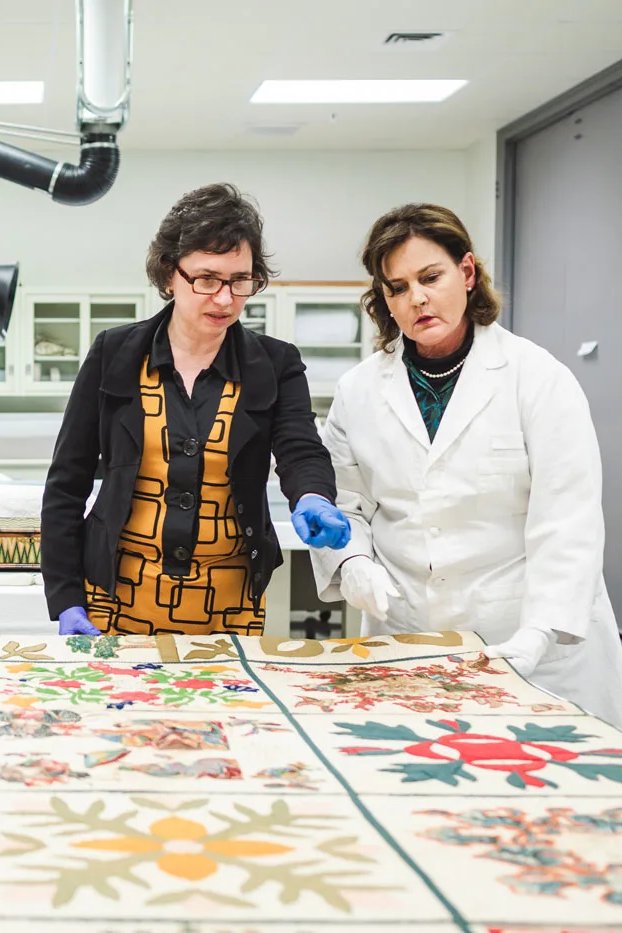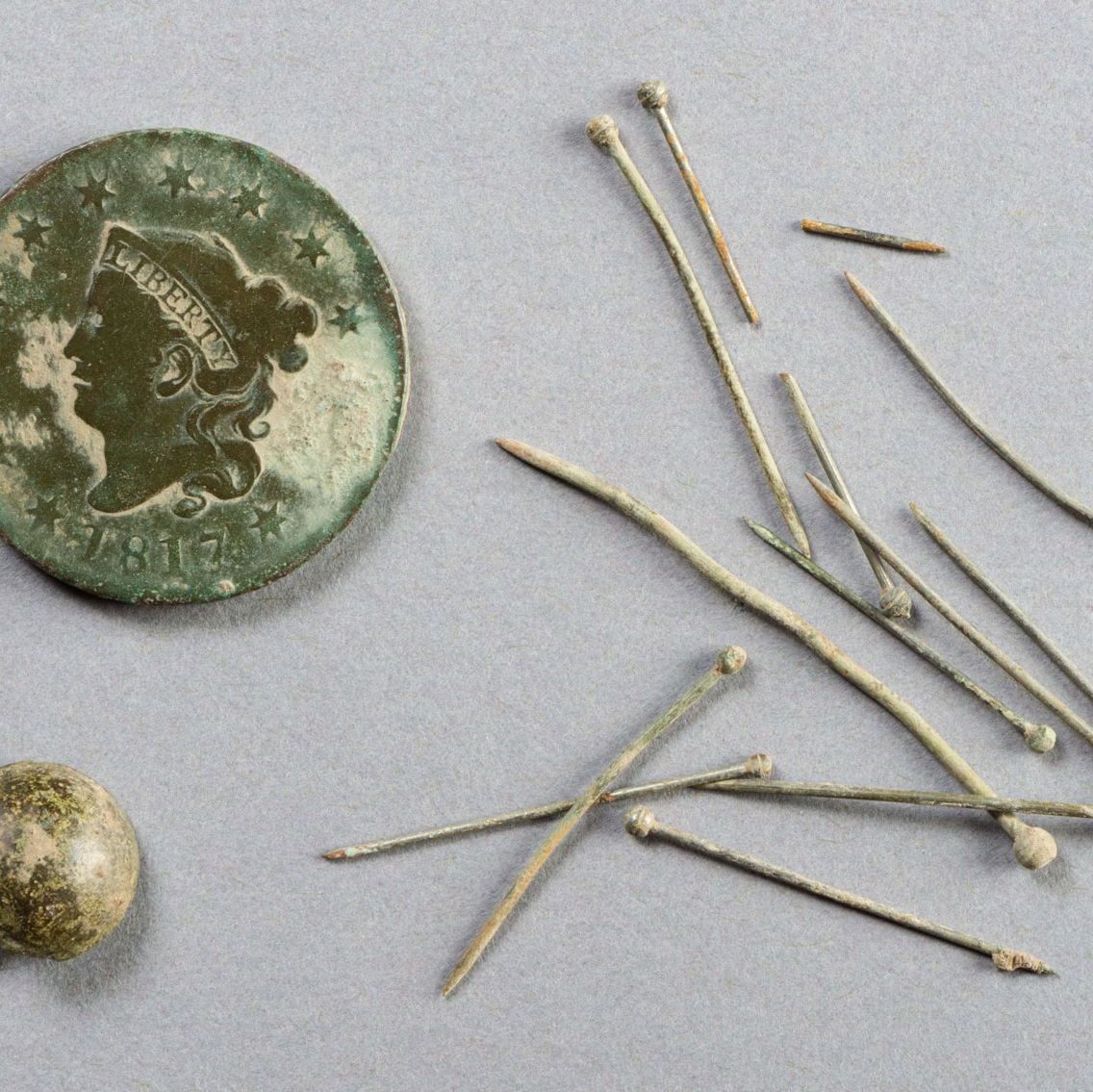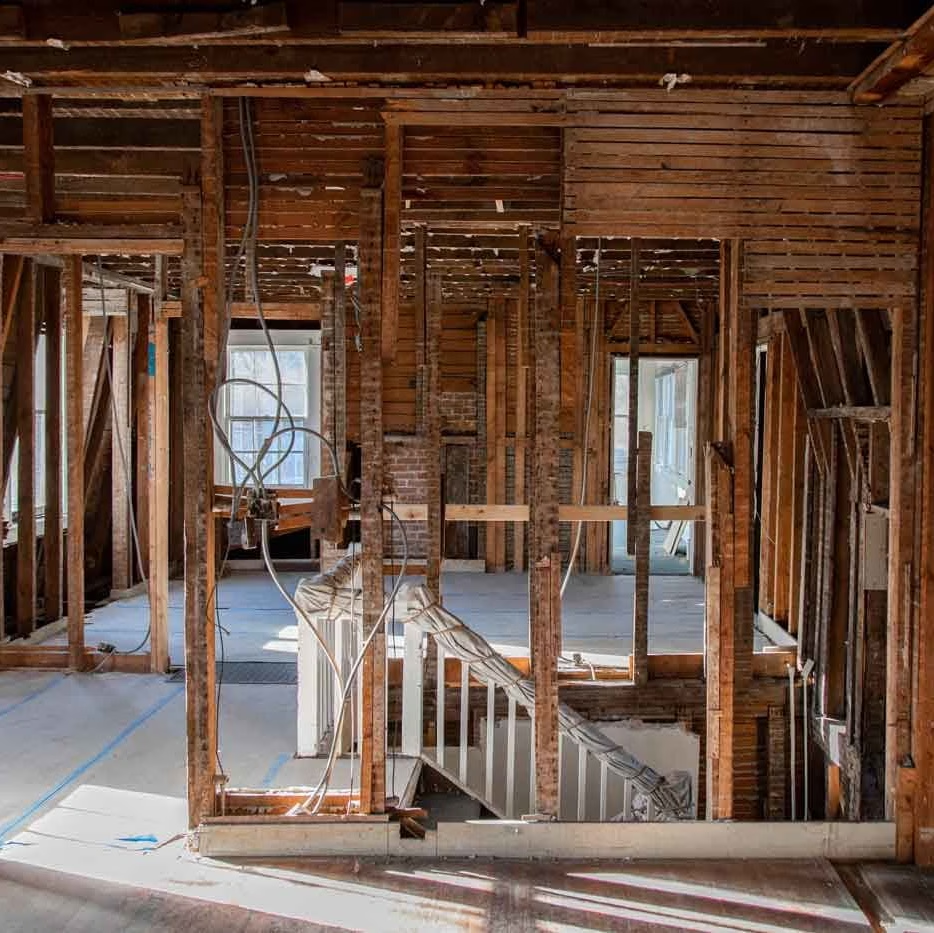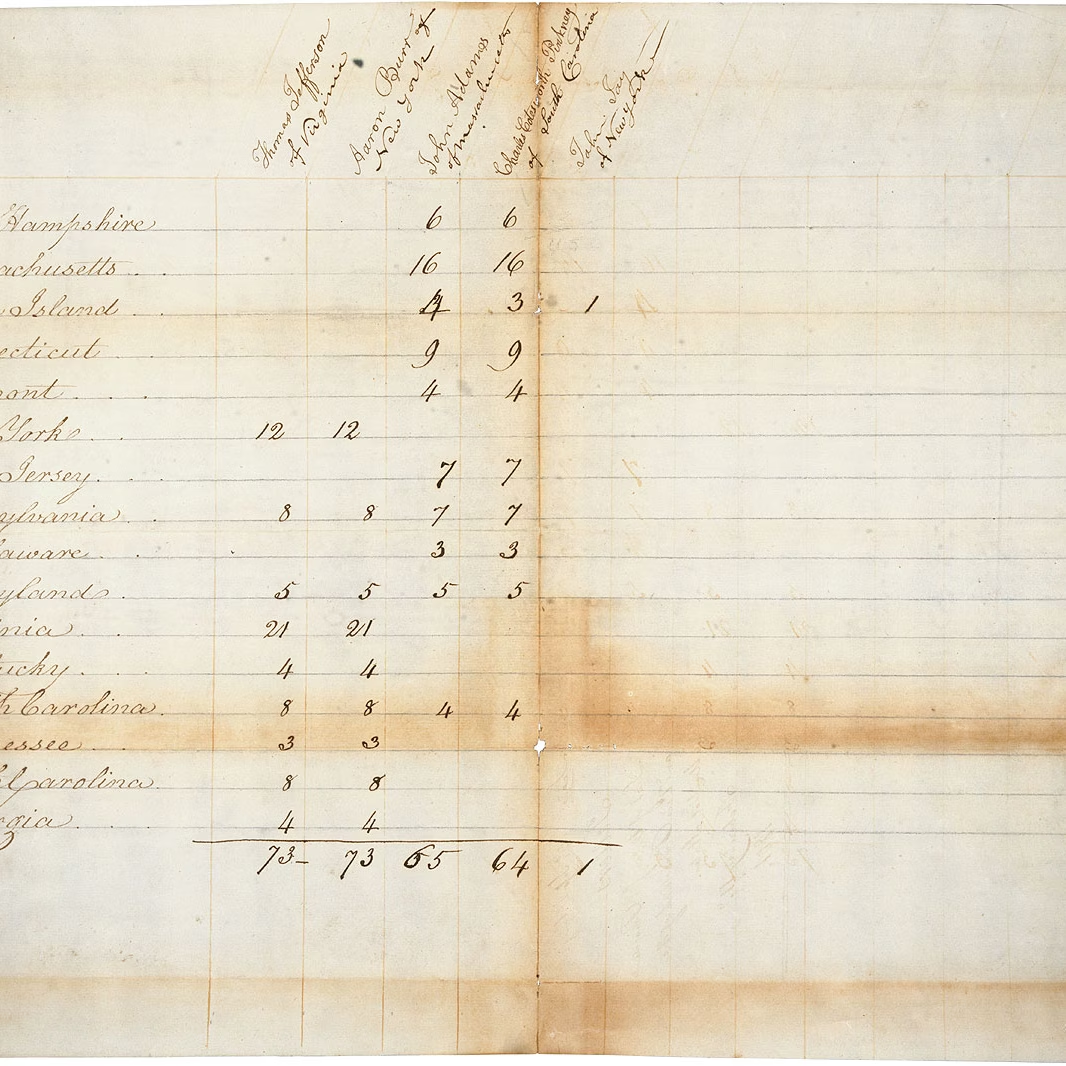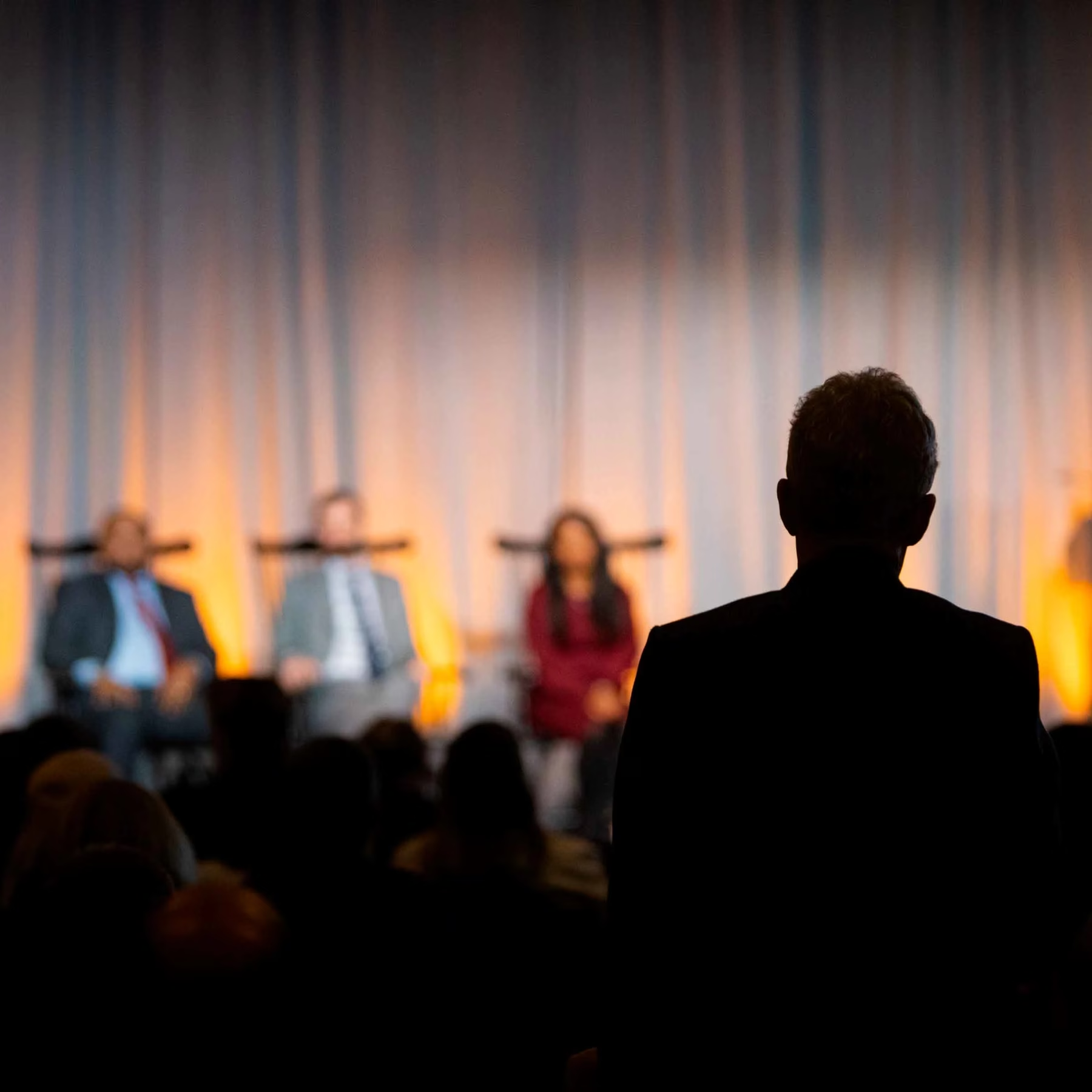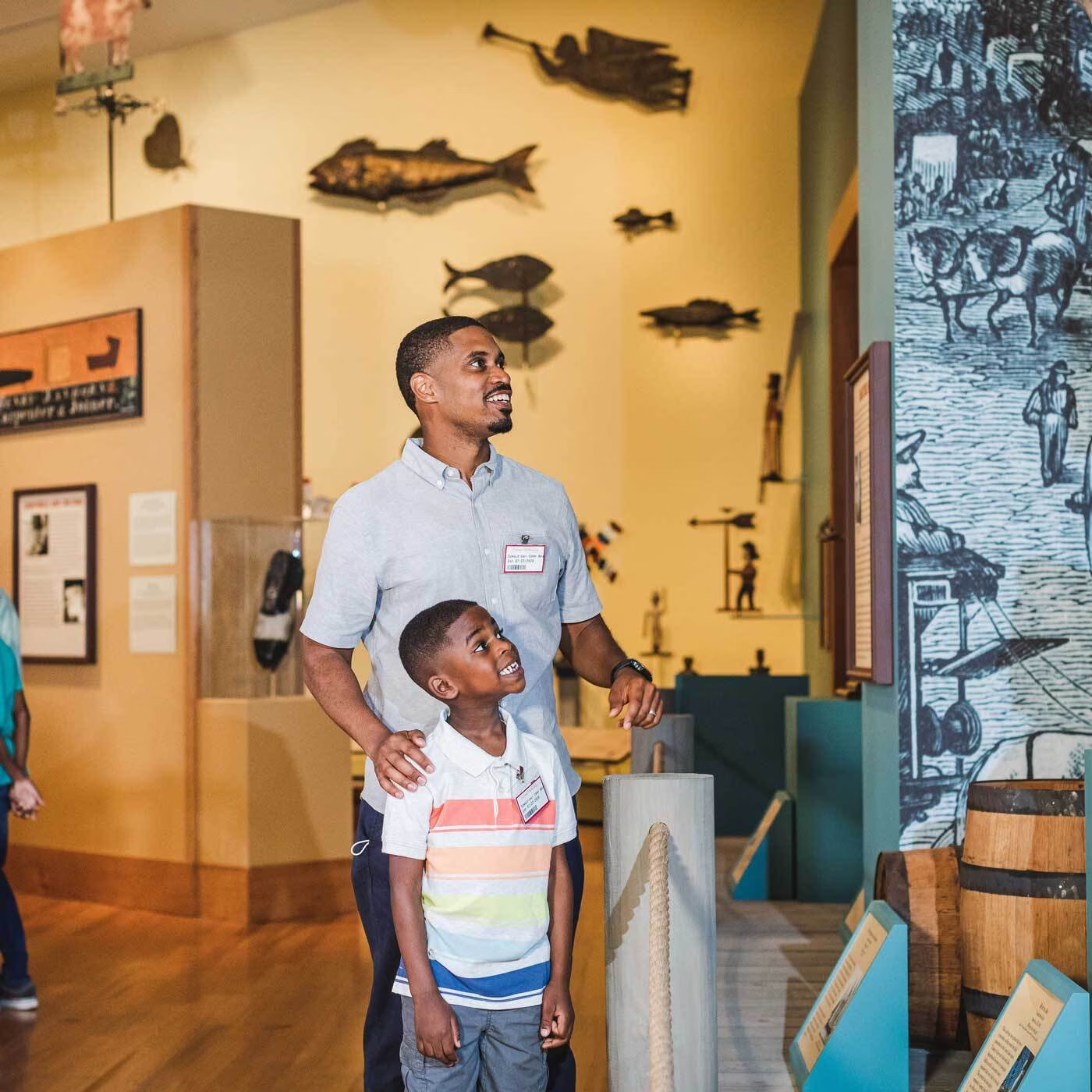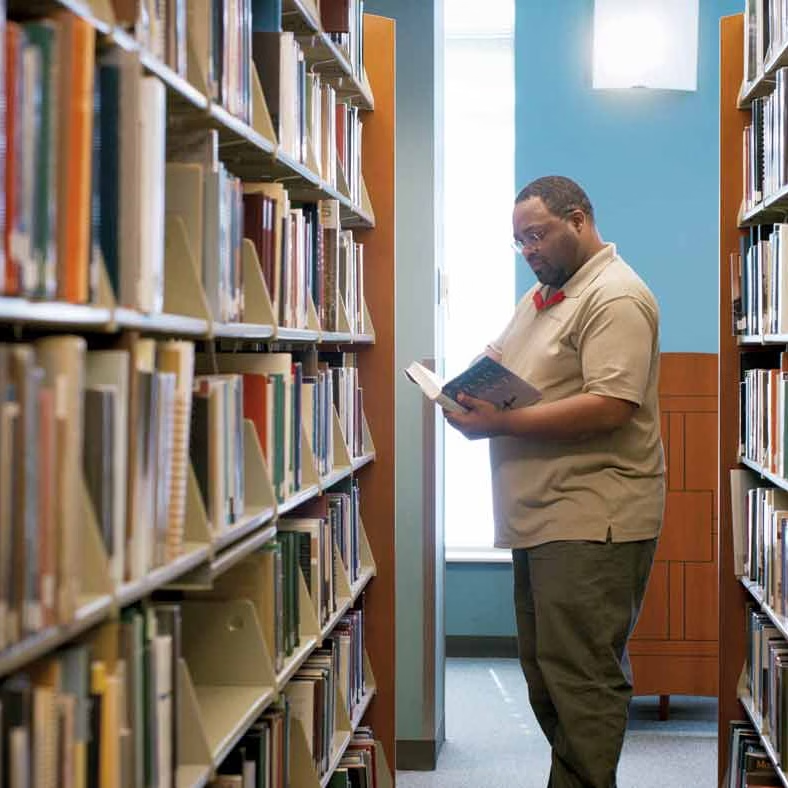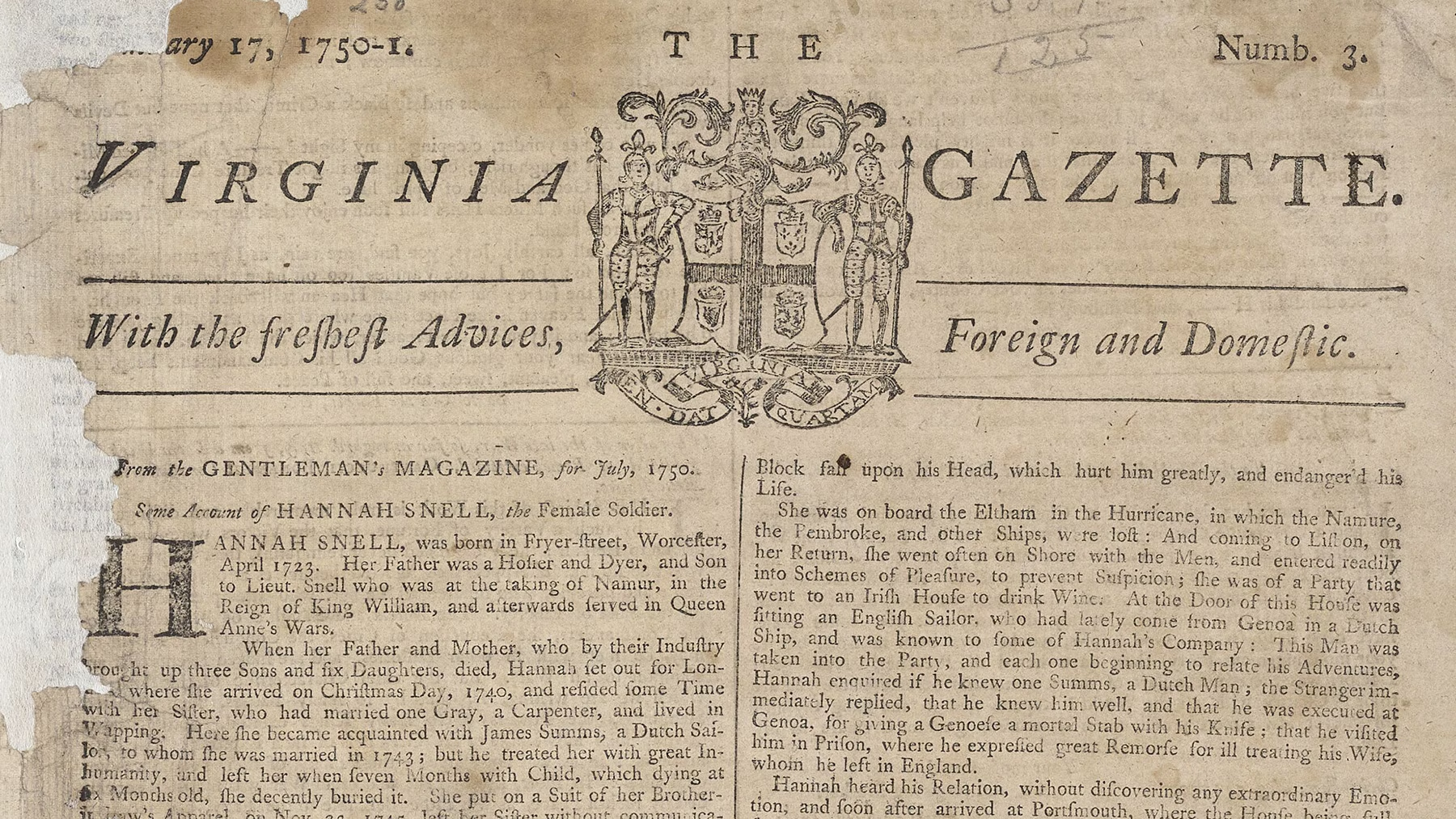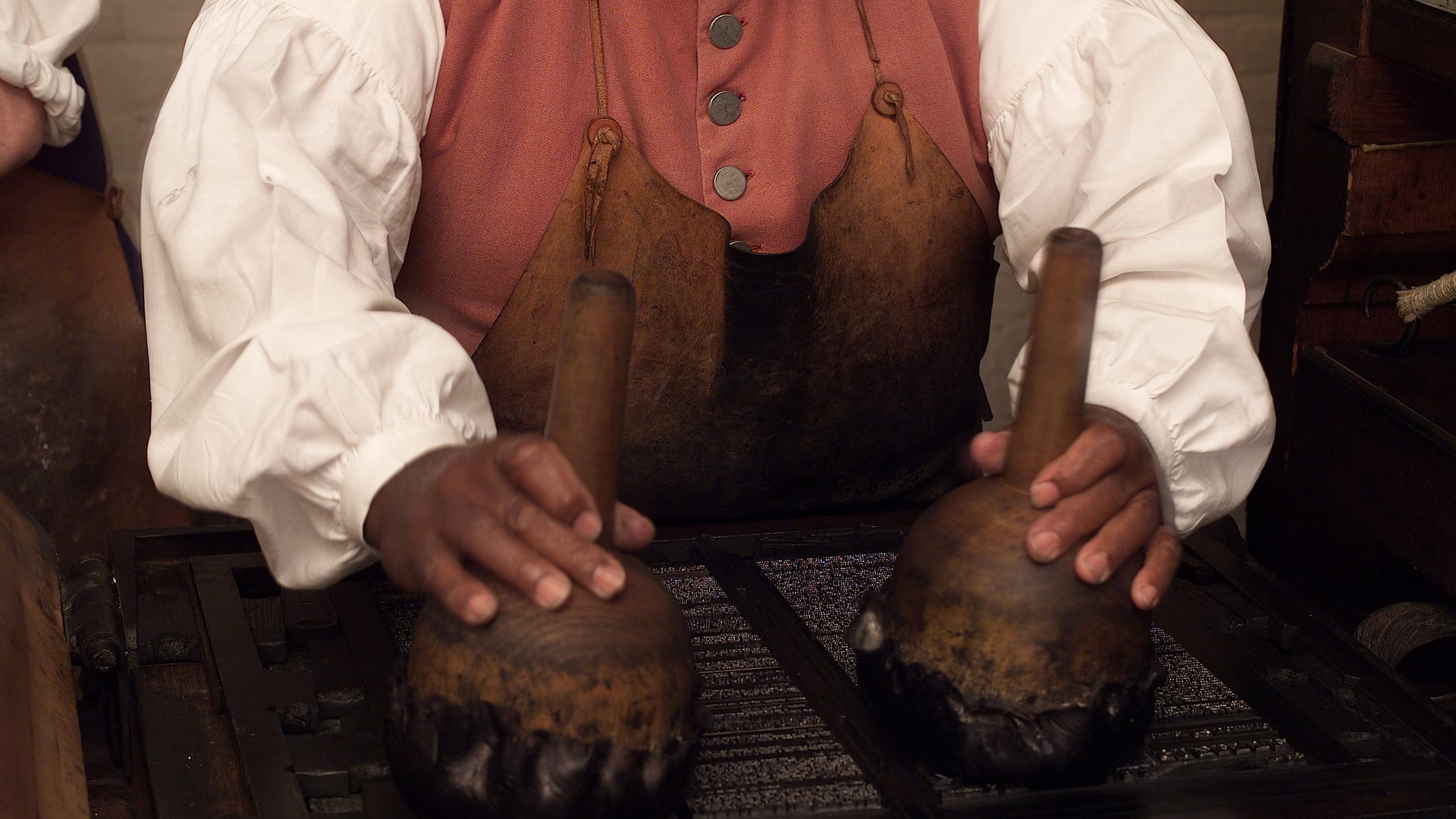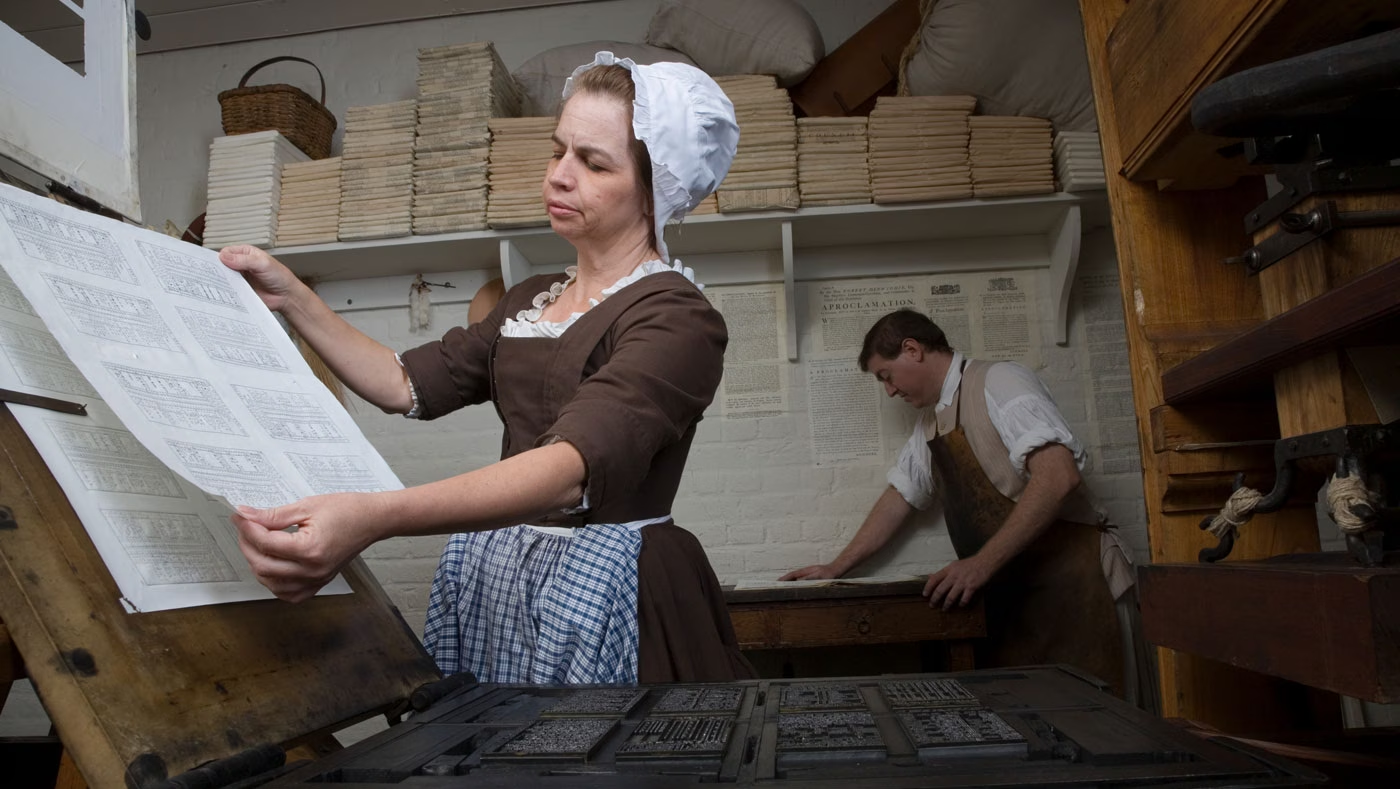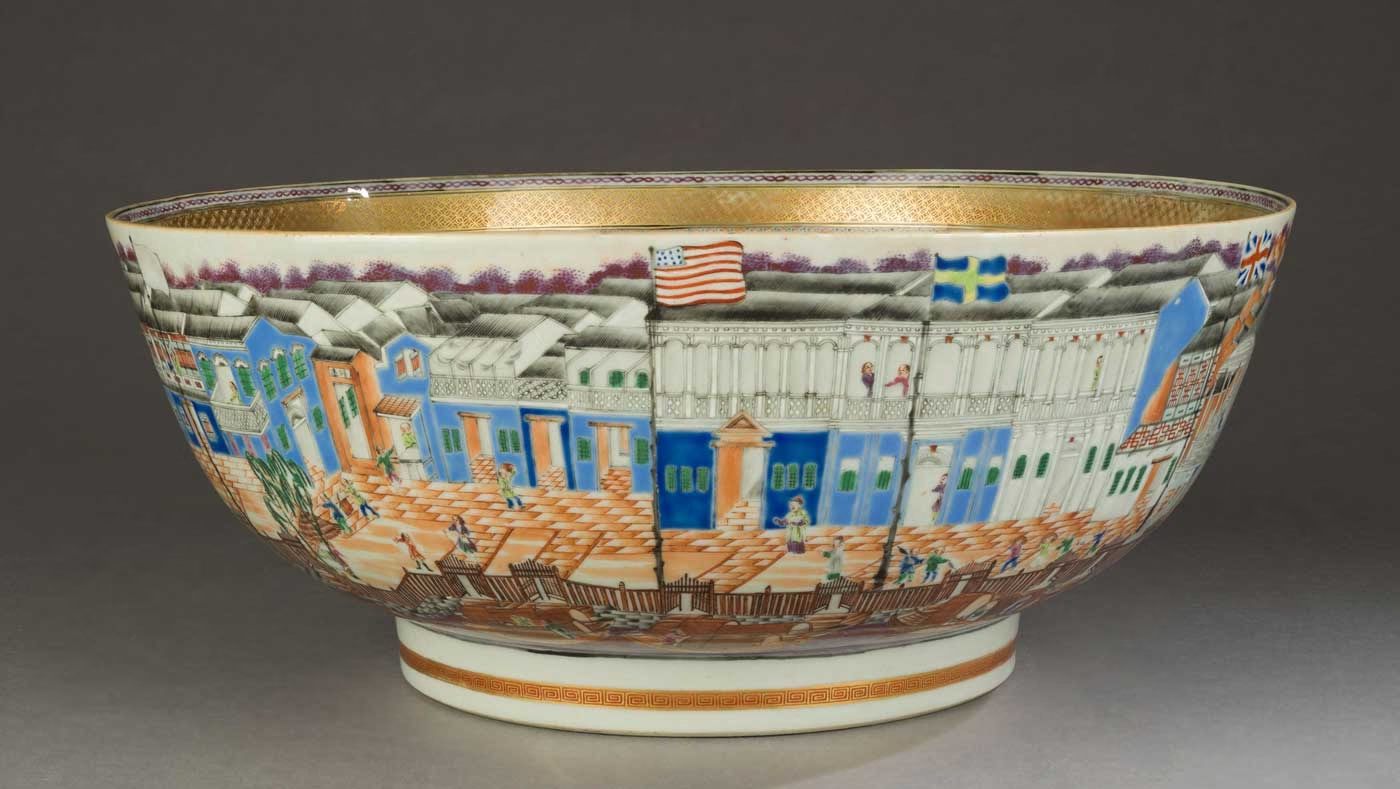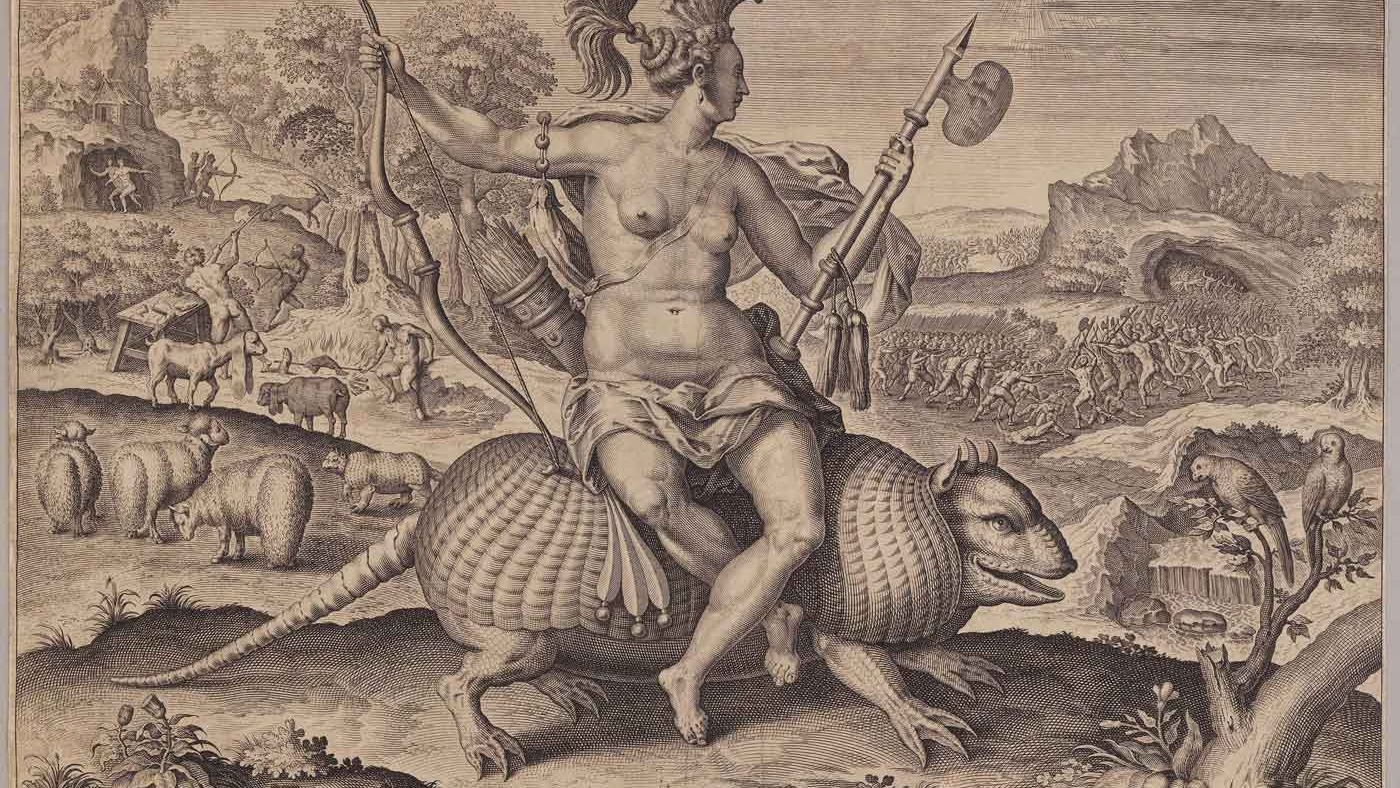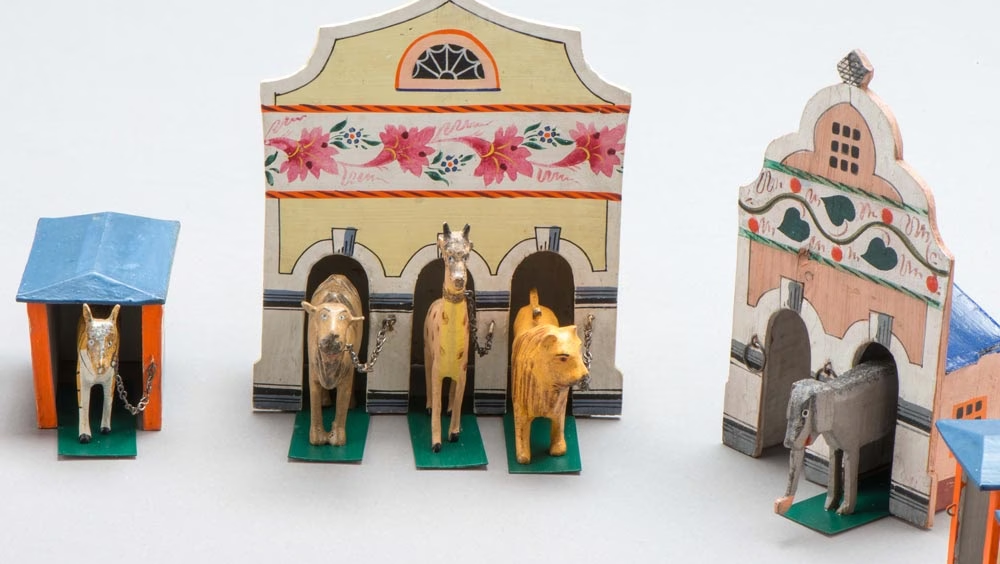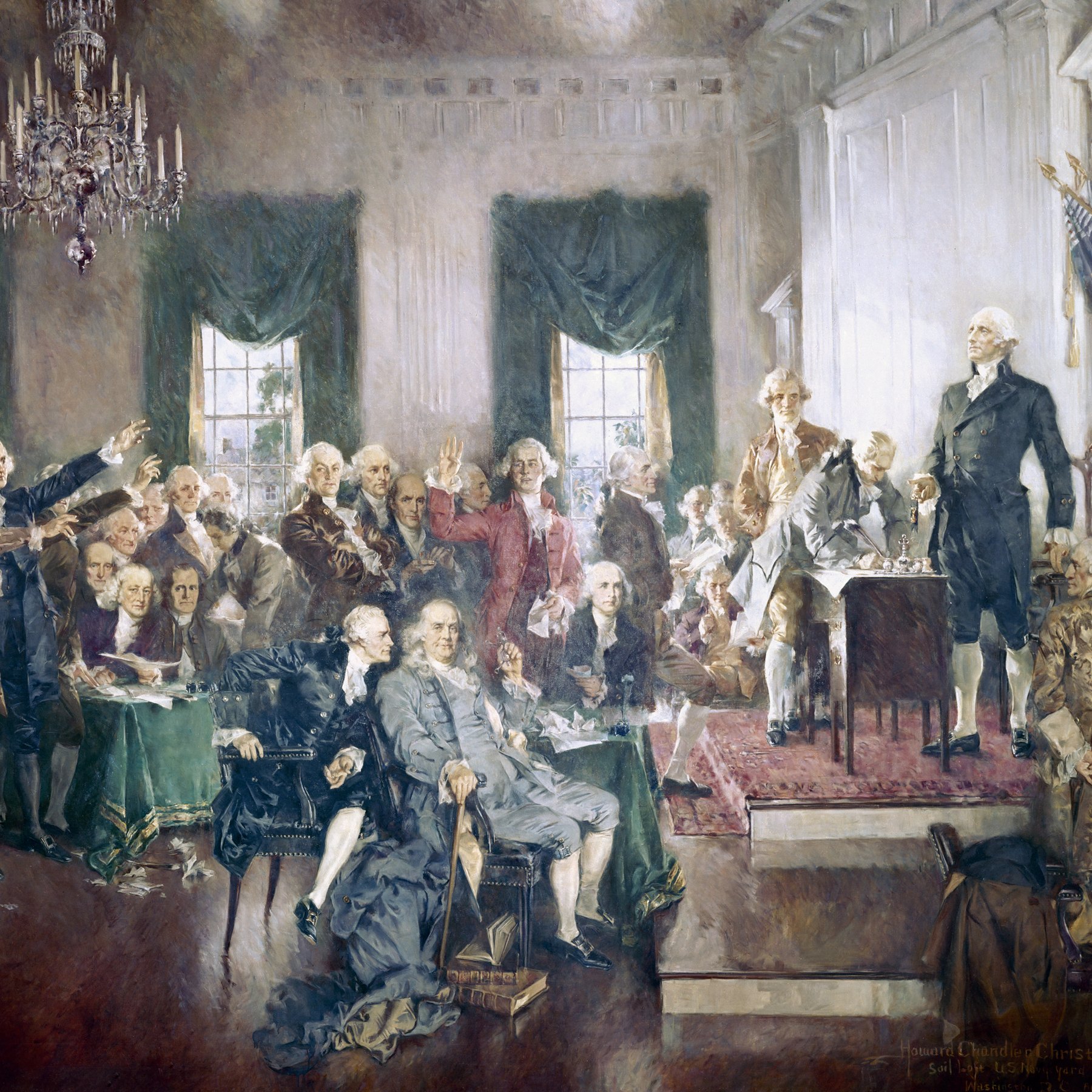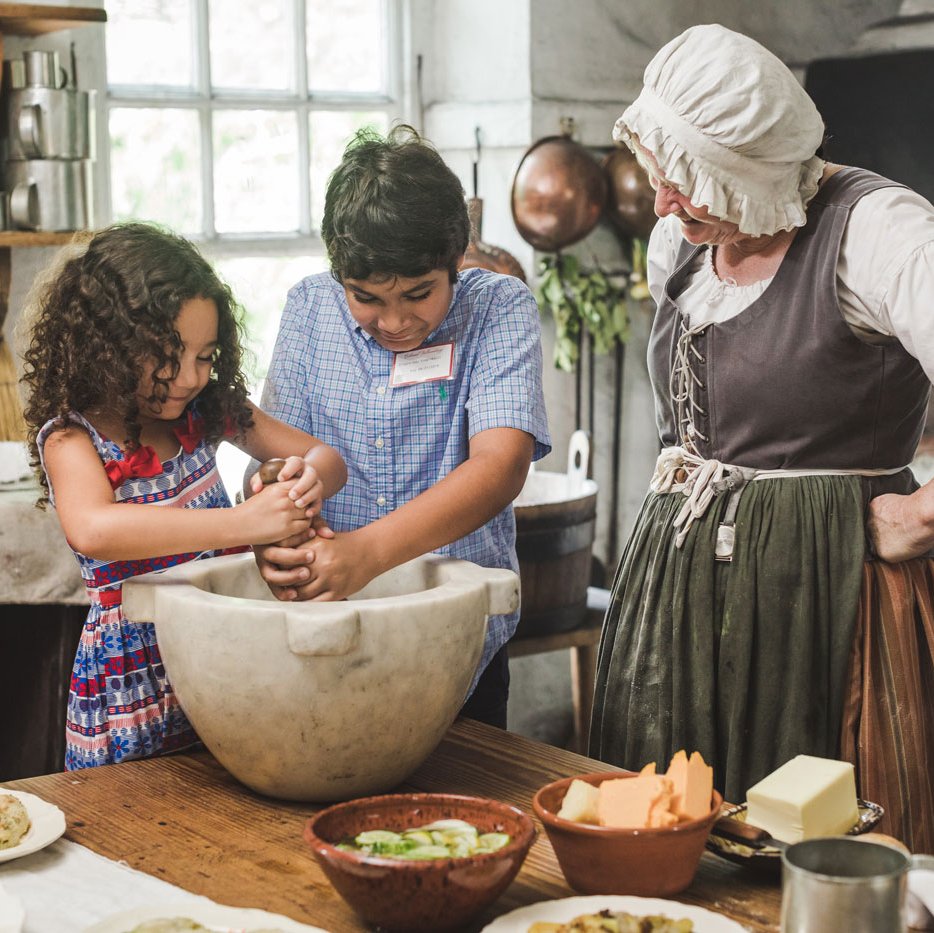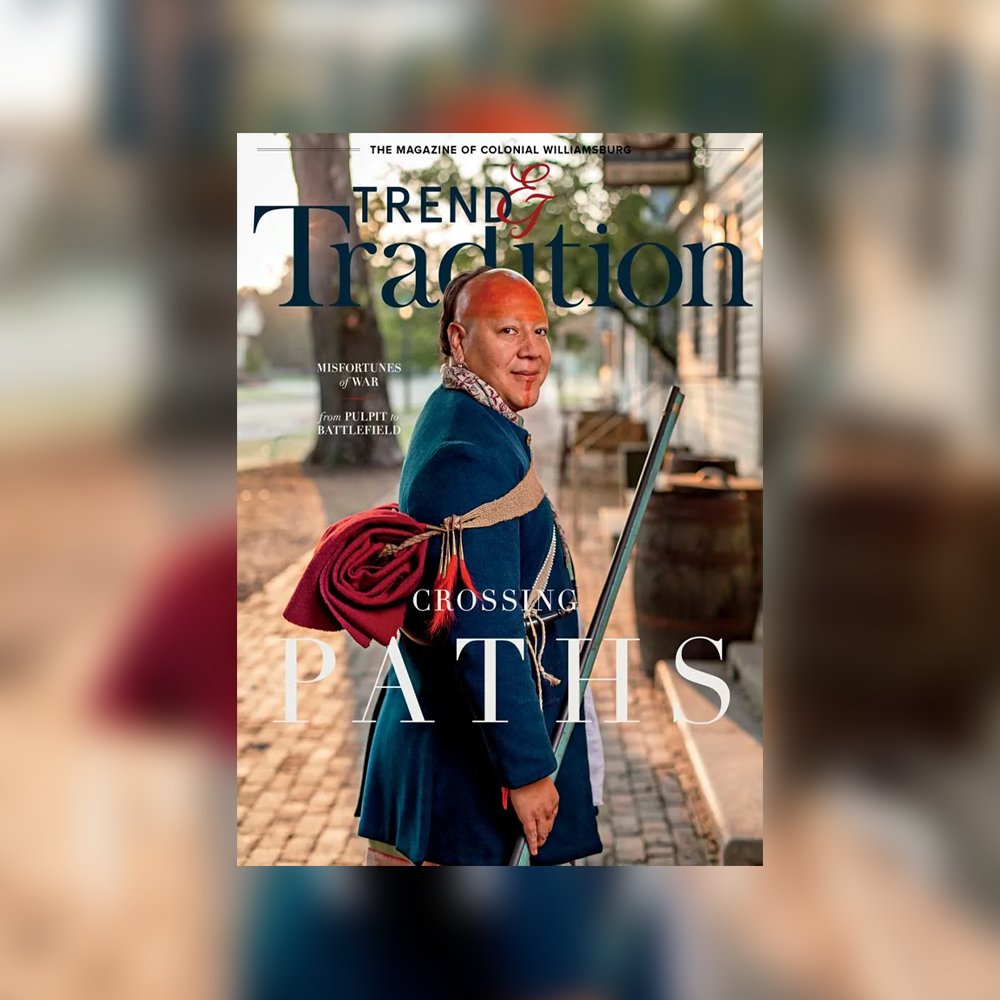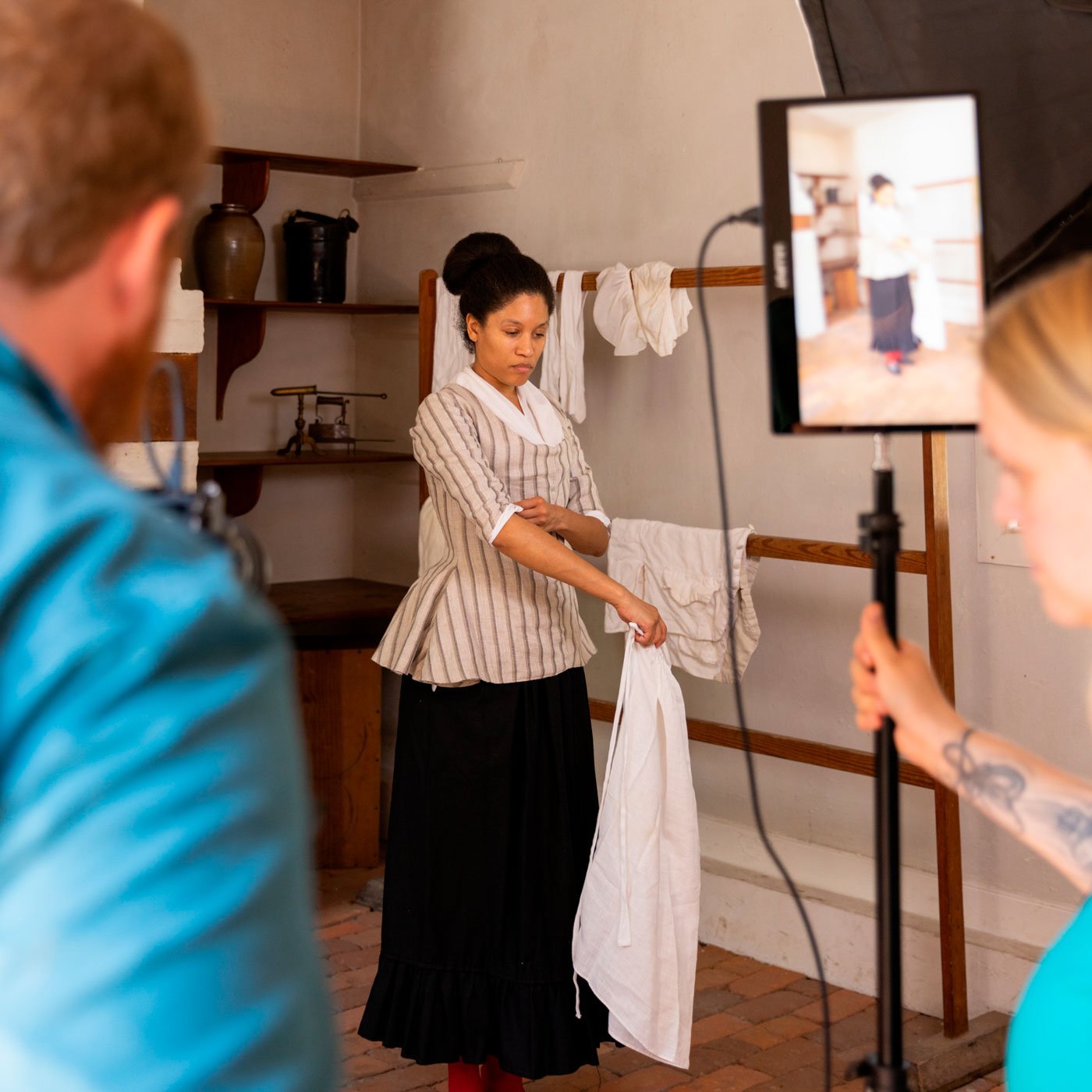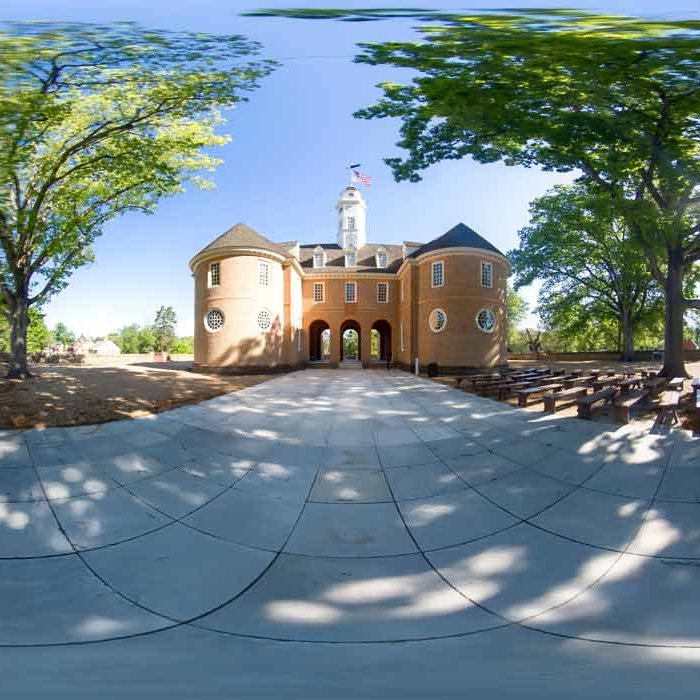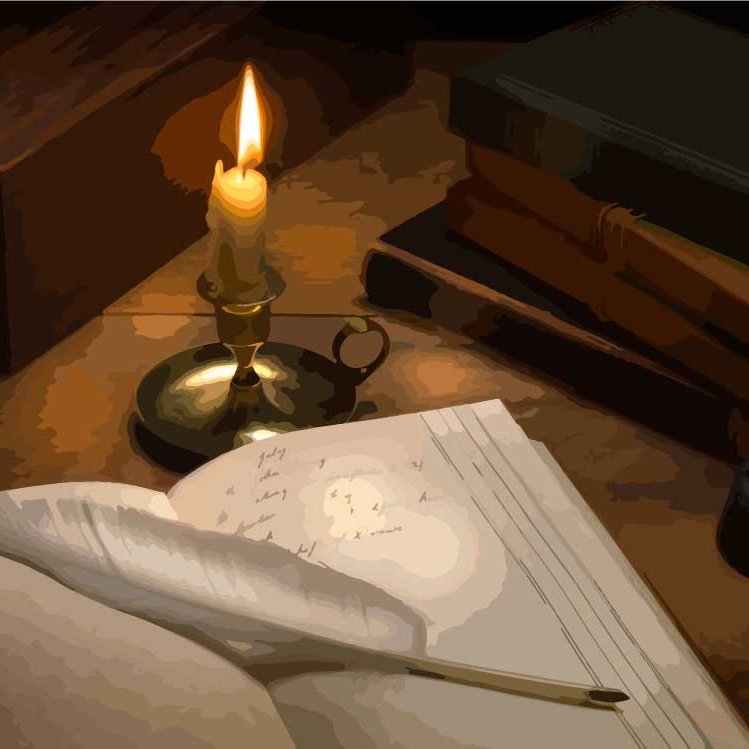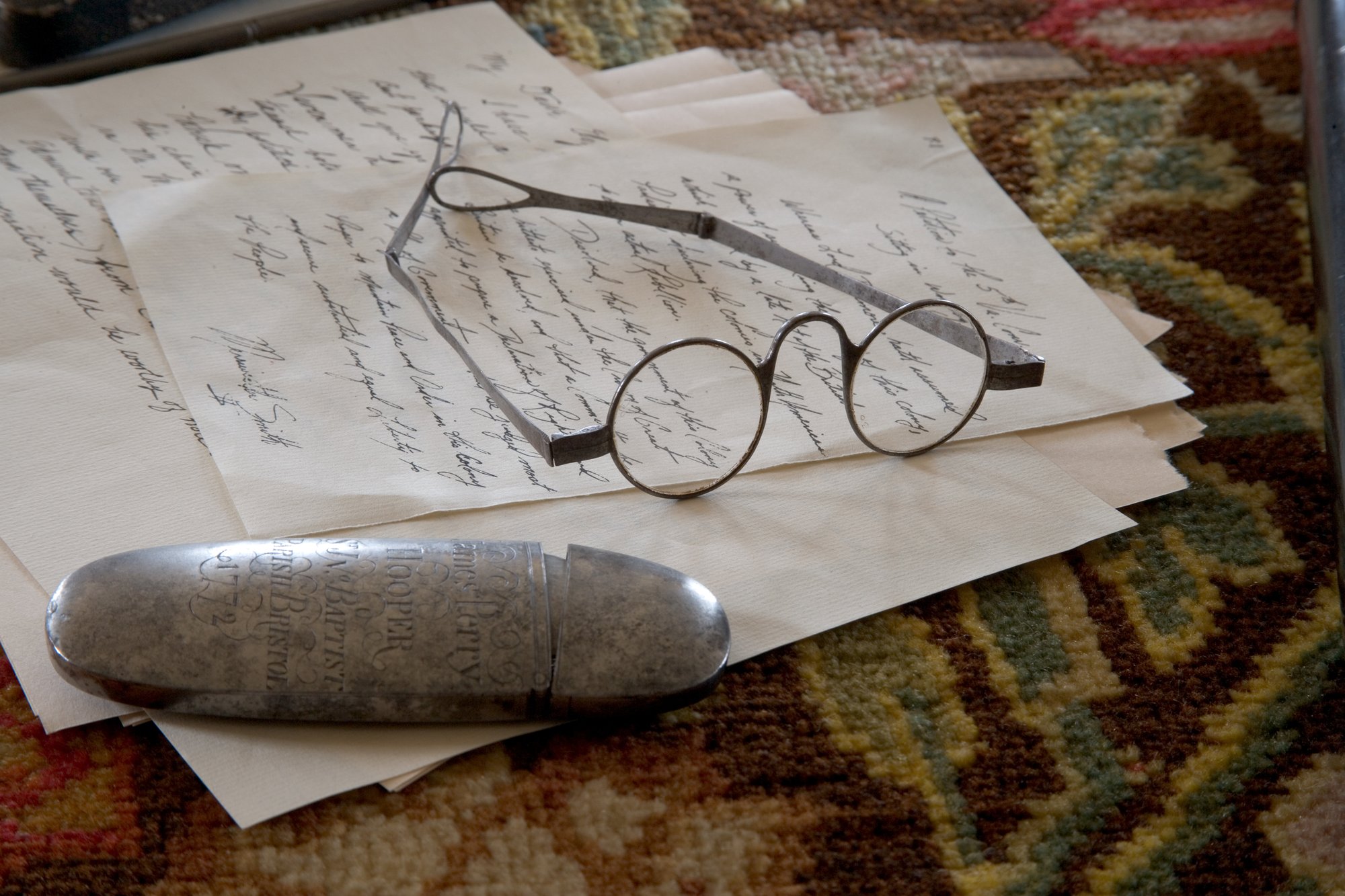
Sources
A lot goes into making sure that every day at Colonial Williamsburg accurately represents the 18th century. How do we do it? If you guessed research, you would be correct. Research is essential to the success of any museum. Sharing information on any subject without the necessary research is a disservice to the public.
But how do we know what we know? From the original jars in the Apothecary shop to the museum theatre program in the Hennage Auditorium, Colonial Williamsburg staff members have scoured the John D. Rockefeller Jr. Library shelves or used previously conducted research from other institutions and scholars to ensure we present an accurate view of the past grounded in solid evidence.
All research begins with a question and that carefully crafted question will guide the work. Those questions are answered and supported by using primary and secondary sources.
It Starts With a Source
Primary Sources
Primary sources were created at or near the time of the subject you are researching. They were created by someone who experienced or witnessed what you are researching.
Secondary Sources
Secondary Sources were not created by someone who witnessed or experienced what you are researching. In history, these are usually scholarly books or articles, which interpret or analyze primary sources.
Explore Types of Sources
The Virginia Gazettes
The Virginia Gazettes are full of unexpected stories. As the first newspaper (and the second, third, and fourth) published in Virginia, the Virginia Gazettes offer one of our richest windows into the stories that Colonial Williamsburg tells.
Pieces from the Collections
Every object has a story. The Art Museums of Colonial Williamsburg tell the stories of a breathtaking range of folk and decorative art.
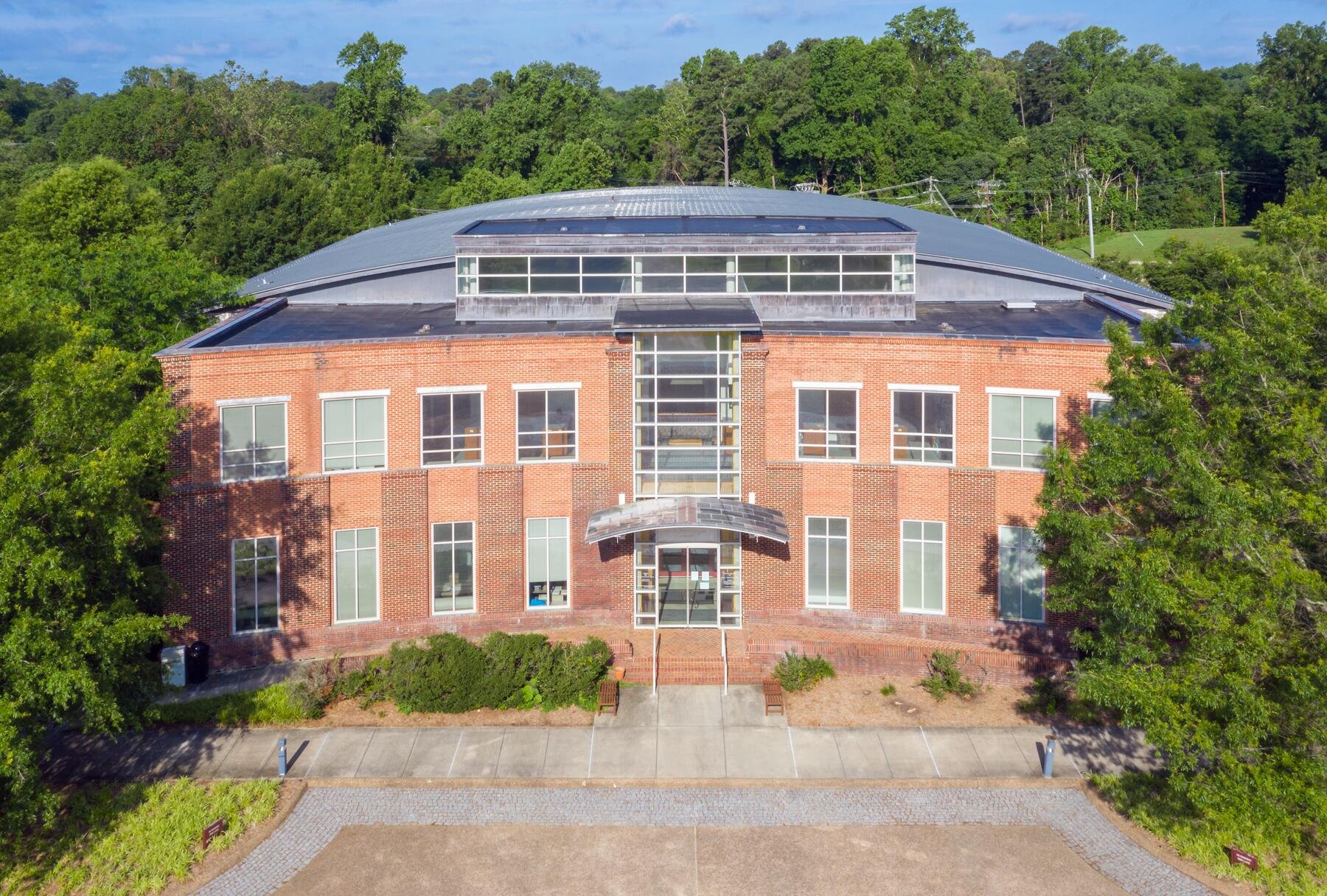
Browse Our Sources
The John D. Rockefeller Jr. Library, the research center of The Colonial Williamsburg, houses a specialized collection of books, journals, manuscripts, images, and databases.
Preserving the Past
The Colonial Williamsburg Foundation brings history to life for new generations through careful research, conservation and preservation and by providing immersive programming and authentic resources for learners, educators and researchers throughout the world.
Archaeology
Excavations of historic sites began here in 1928. Discoveries continue today as we literally uncover things people owned, places they lived and even evidence of the specific plants they grew in their gardens, which enable us to better understand their world and their lives.
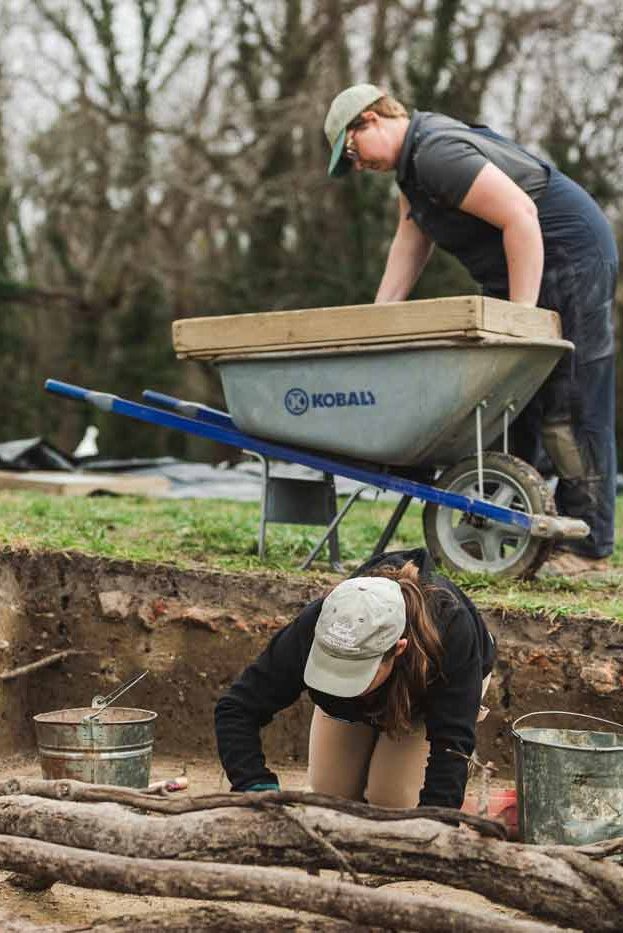
Preservation
Architectural historians’ research helps us see what 18th-century buildings looked like. Preservationists protect the structures that illustrate life in those times.
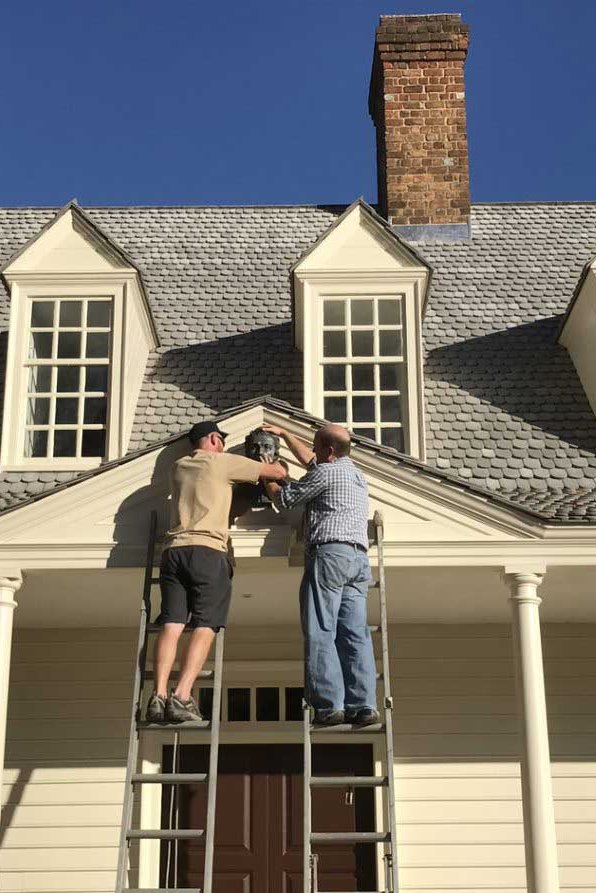
Conservation
Conservators and curators work together on research and preservation projects — with a little help from modern science — to understand and preserve Colonial Williamsburg’s historic a
